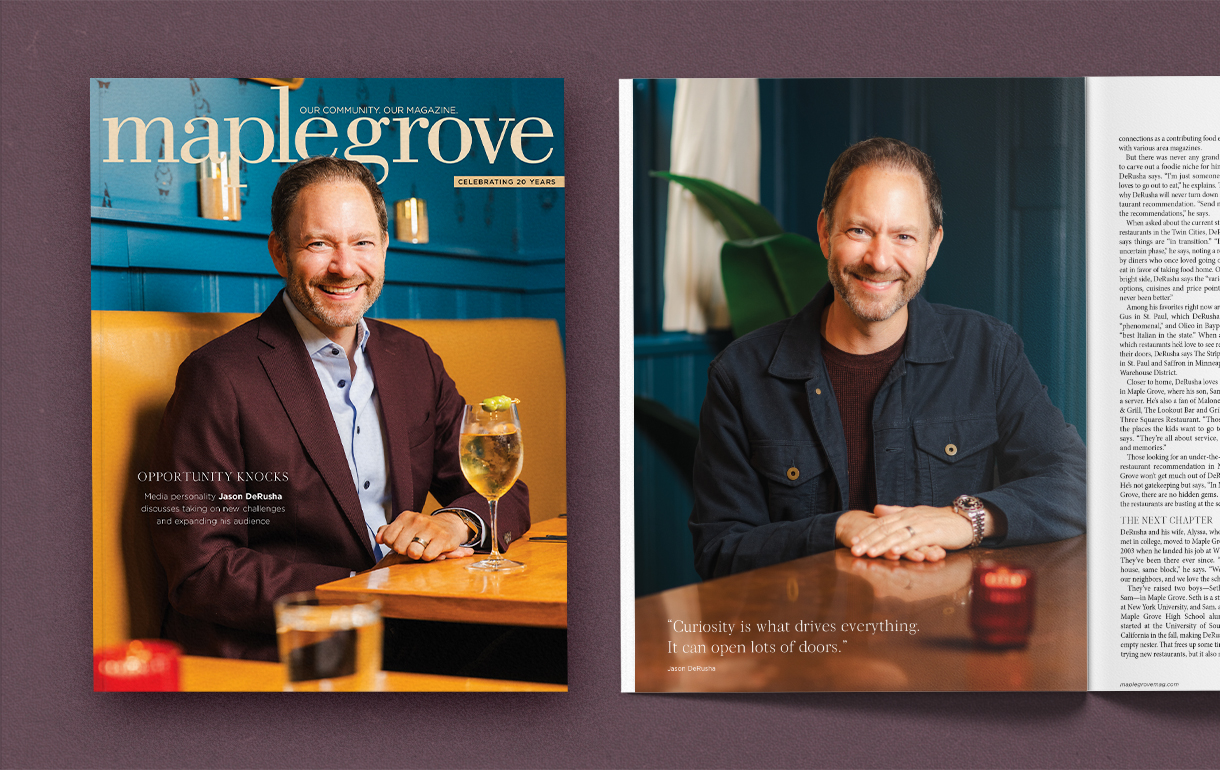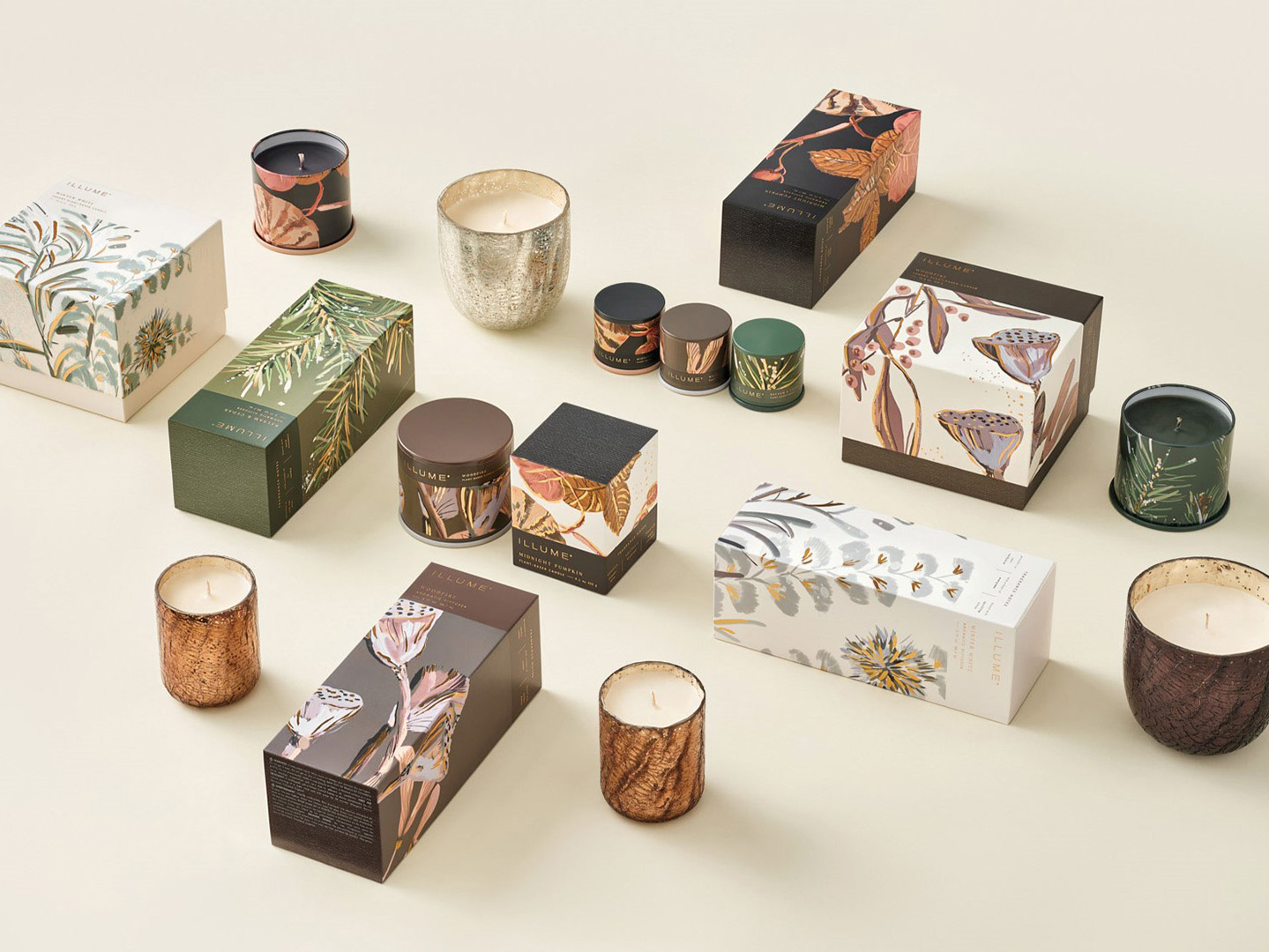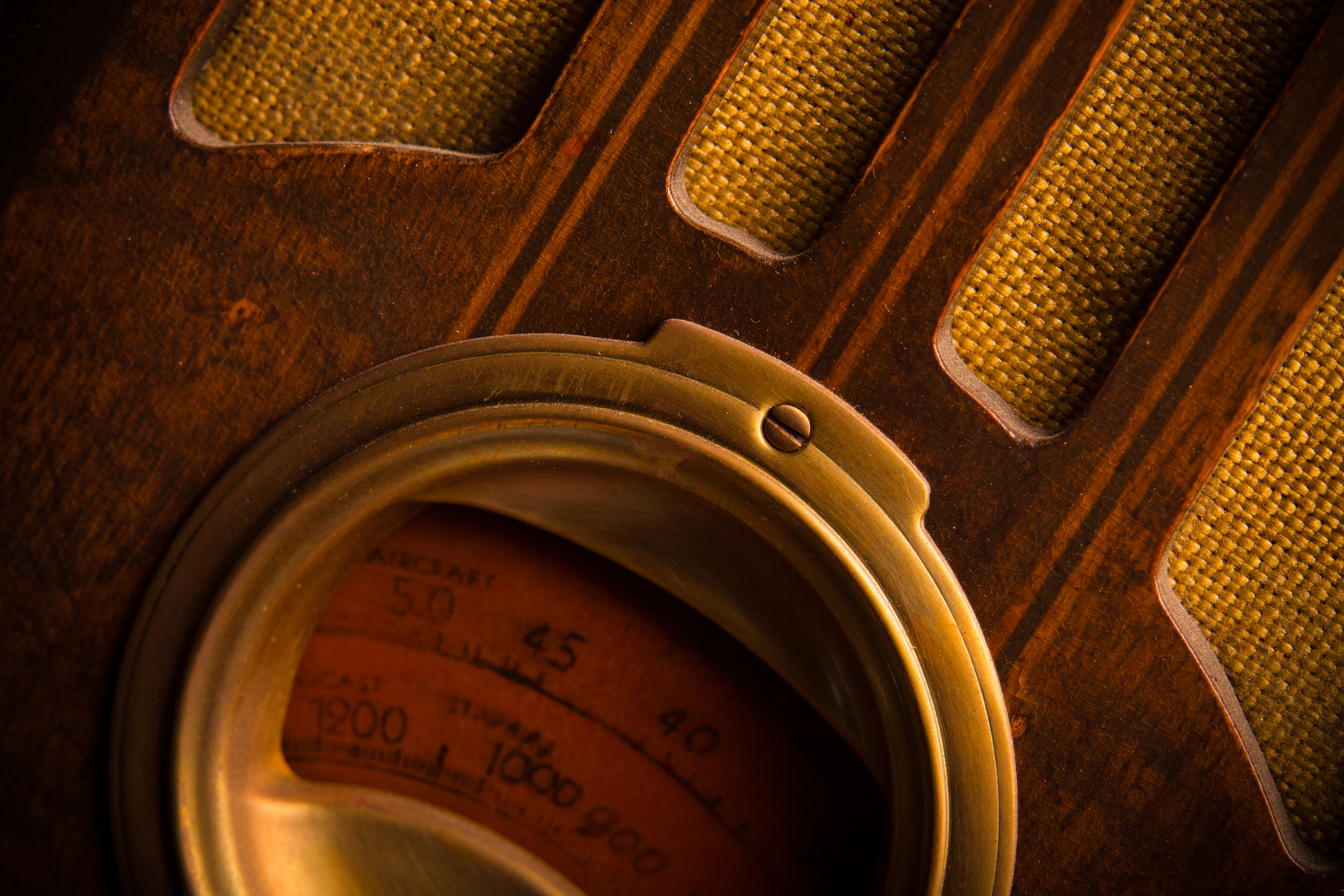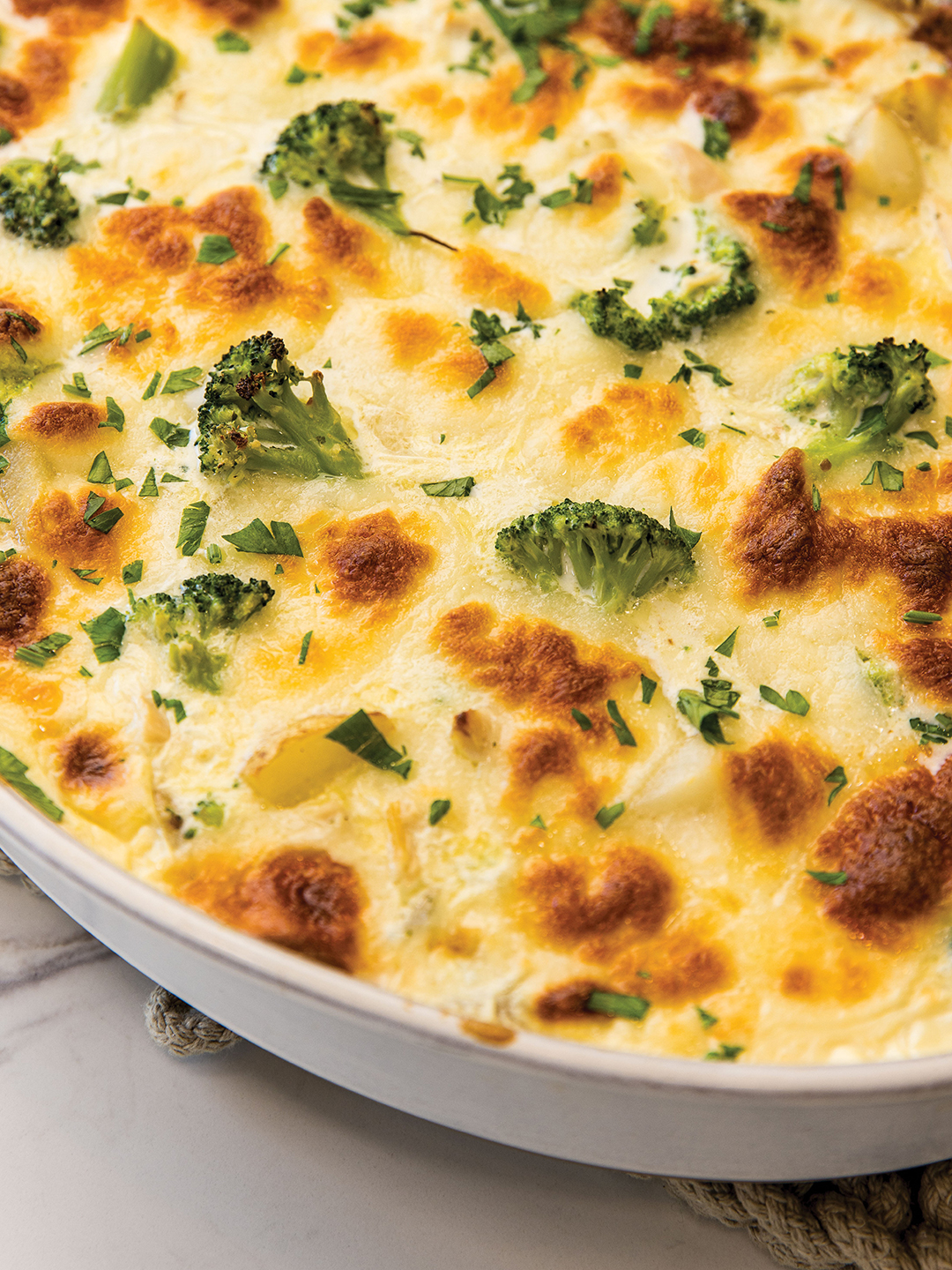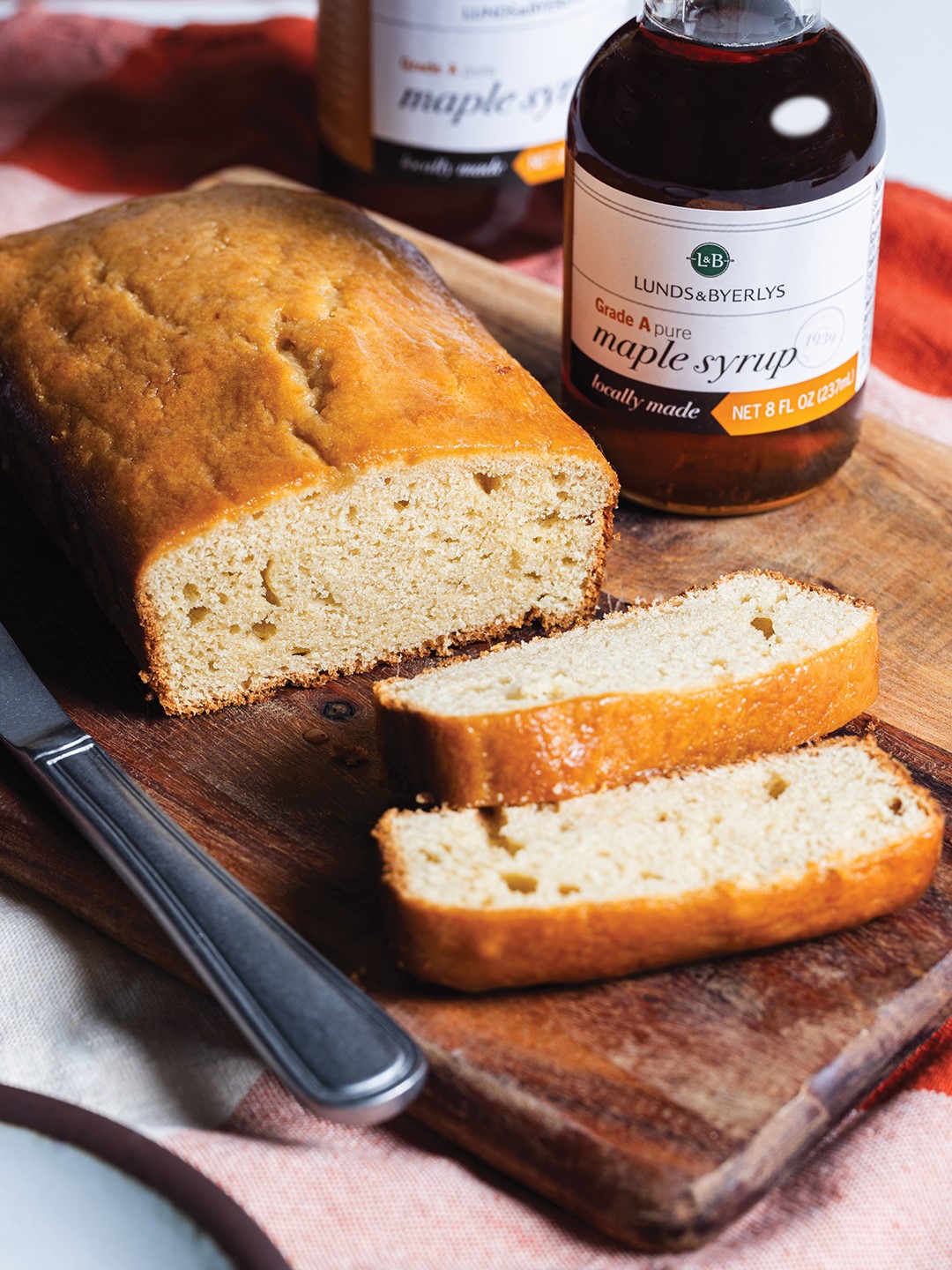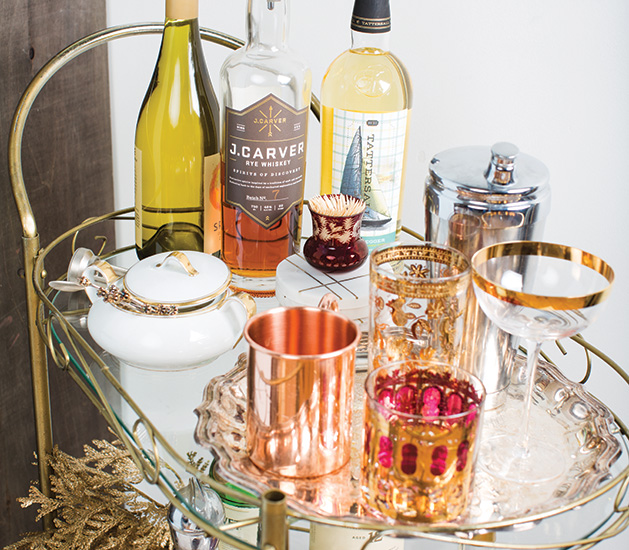
Photos: Rachel Nadeau
Learn about aperitifs and digestifs from knowledgeable purveyors.
An aperitif, according to Webster’s Dictionary, is “an alcoholic drink taken before a meal as an appetizer.” Its counterpart, the digestif, is meant to do just the opposite: aid in digestion after a meal. All technicalities aside, no holiday meal is quite complete without a little somethin’ somethin’ to kick off or top off the night. Every corner of the globe seems to have its own signature varieties, but with the holiday season coming up quickly, the options can seem overwhelming. To simplify matters, we chatted with John Farrell III, vice president for sales and merchandising at Haskell’s, and Tana Wold, purchasing and event manager for the City of Eden Prairie Liquor Stores.
Aperitifs: Get the Party Started
Chardonnay
Wold loves this standard white wine to play with appetizers that include basil, tarragon, thyme, curry, ginger, nutmeg or saffron. Pick up a Bogle, Michael David or Mer Soliel Santa Lucia, and serve chilled.
Pinot Noir
“If serving duck, pheasant or wild game, pinot noir pairs perfectly,” Wold says, suggesting Line 39, Cloudline or Belle Glos Clark & Telephone. Serve at room temperature or slightly cooler.
Zinfandel
Doing ribs or chops? Try a zinfandel, says Wold. “Zinfandel pairs with these spice profiles as well: bay leaf, mint, oregano, rosemary, black pepper, fennel seed, cinnamon and clove. Serve at room temperature or slightly cooler.” She suggests Gnarly Head Old Vine, Artezin or Rombauer.
Cocktails
“With classic foods, let’s have classic cocktails,” says Farrell, vying for something a little more substantial and traditional. He offers several options.
Classic Manhattan
“The Midwest loves a good Manhattan,” Farrell says. His favorite recipe features Midwestern bitters to give a bit of local flavor.
- 2 oz. Windsor Canadian whiskey or Christian Brothers brandy
- 1 oz. Drapò vermouth
- Dash of Wisconsin’s Bittercube Trinity bitters
- 1 Maraschino cherry
Add the ingredients to a cocktail shaker filled with ice, and stir gently. Strain into a glass, and garnish with an orange twist. Farrell adds a bit of the cherry juice, as well.
“With the spicy side to ribs and the flavor of pork, try some bitter-oriented cocktail,” says Farrell, who shares his recipe for the perfect Italian Negroni. Its warm color will add a pop to your table, too.
Italian Negroni
- 1 part Norseman barrel-aged gin
- 1 part Campari
- 1 part Drapò dry vermouth
Stir ingredients, and pour over ice. Garnish with an orange peel.
Whiskey Bootleg
In a large glass full of ice add:
- 1.5 oz. J. Carver whiskey
- Fill to 1/4 from the top of the glass with Bootleg mix from Summer Lakes Beverage.
- Add club soda or 7UP if you want it a bit sweeter.
Dry Vodka Martini
“Old school foods—like steak or a roast—need an old school drink,” Farrell says.
- 2-3 oz. Tattersall vodka
- Splash of Drapò dry vermouth
Shake with ice, and pour into a chilled martini glass. Garnish with two big, bold olives—like blue cheese- or pepper-stuffed. “I like the ones [Lunds & Byerlys] sells at the salad bar,” he adds.
Old Fashioned
- 2 oz. any whiskey or brandy
- Dash of bitters
- Sugar cube
- Orange peel
Put the sugar and bitters in the glass, and muddle until there’s a paste. Add ice, top with the whiskey or brandy, and garnish with the orange peel.
Prosecco Cocktail
Fill the bottom of a wine glass with 1/2 oz. Gioia Luisa limoncello. Fill with a great prosecco, and add a slice of lemon.
Paloma
- 1 part Vizón blanco tequila
- 3 parts grapefruit soda, like Squirt
Serve over ice in a small lowball glass.
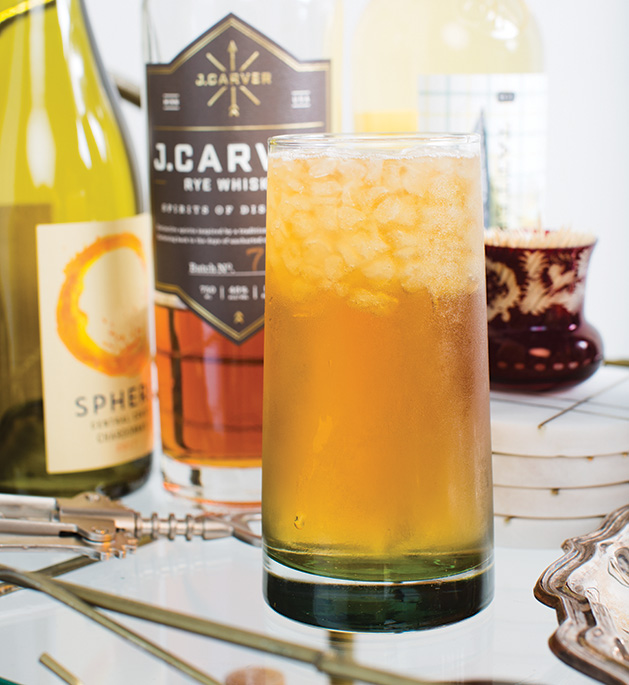
Digestifs: A Perfect Ending
Cognac
“On the nose, D’USSÉ VSOP Cognac reveals a powerful bouquet, rich in woody notes with touches of cinnamon and floral notes,” Wold says. “It’s distinct and smooth, with hints of spices, almond and cinnamon. Subtle accents of honey and dried fruits are the finale.”
Farrell explains that Cognac is the world’s most famous brandy, coming from the Charentais in western France and takes its name from the historic town of Cognac, the long-standing epicenter of brandy production. “Cognac quality is graded in three official tiers, which reflect how long the spirit spent in barrel,” he says. “VS (Very Special) is the lowest tier and means the brandy has been stored for a minimum of two years in casks. VSOP (Very Special Old Pale) is the middle tier and denotes Cognac that has been aged for at least four years. XO is one of the top tiers and is reserved exclusively for those cuvees aged for six years or more.” He also recommends Remy Martin VS, Hennessy VSOP or Camus VS.
Port
“Port is almost an accident,” Farrell says. “They used to make dry wines in Porto, Portugal, and add brandy to stabilize the wine to ship it to Great Britain. The abbot of Lamego was adding brandy to the wine, before it had finished fermenting, to retain the natural sweetness of the ultra-ripe grapes and create a fortified wine capable of improving with age. Thus, today’s port was made.” Take advantage of that happy accident in vintage or non-vintage fashion; both store well and are excellent for gifting and aging. Farrell recommends Taylor-Fladgate 10 year Tawny, Quinta do Noval Vintage, Warre’s Vintage or Croft Vintage.
Wold suggests Six Grapes, which has racked up seven gold medals and two trophies at the most prestigious international tasting competitions. “It’s full-bodied, with rich black fruit on the palate and fragrant blackberry aromas,” she says. “Six Grapes should be served slightly cool, between 12 and 16 degrees Celsius.”
Aquavit
“Aquavit is a Scandinavian spirit, with around 42-45 percent alcohol, traditionally made using caraway,” Wold explains. “In Scandinavia, the spicy liquor is often toasted at holiday time … Sipping or taking a shot of aquavit are the two traditional means of consumption, but with 42-45 percent alcohol, mixing it may be more enjoyable. Although the bottle can’t legally say so, the aquavit is rested on oak, which helps marry the flavors.” Try Skaalvenn.
Sherry
“Jerez de la Frontera, in a sunbaked corner of southwestern Spain, is a city of long-standing wine traditions,” Farrell says. “All true sherry-fortified wine comes from the vineyards around there and the nearby coastal towns. Sherry ranges from very dry to very sweet.” Here are a few of his favorites: Lustau Pedro Ximenez (PX; sweet), Osborne Amontillado (middle of the road) and Harvey’s Bristol Cream/Dry Sack Sherry.
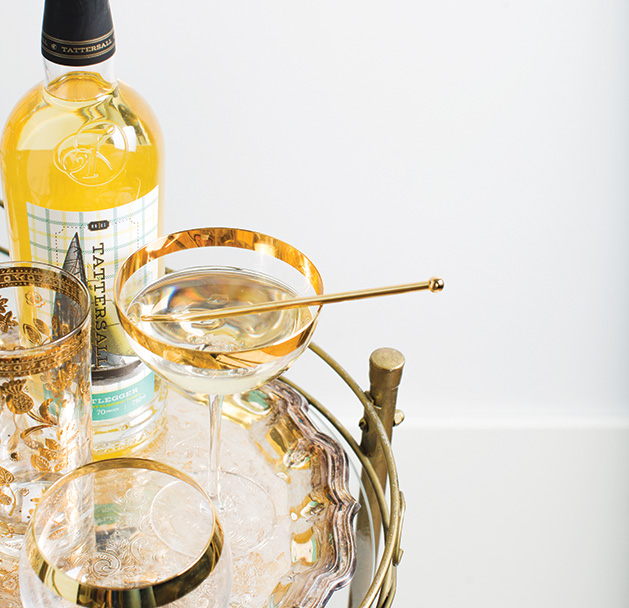
Haskell’s Maple Grove Super Cellar
15304 Grove Circle North
763.400.7888
Facebook: Haskell’s Wine & Spirits
Twitter: @TheWinePeople
Instagram: @thewinepeople
Eden Prairie Liquor
16508 W. 78th St.
8018 Den Road and 968 Prairie Center Drive






